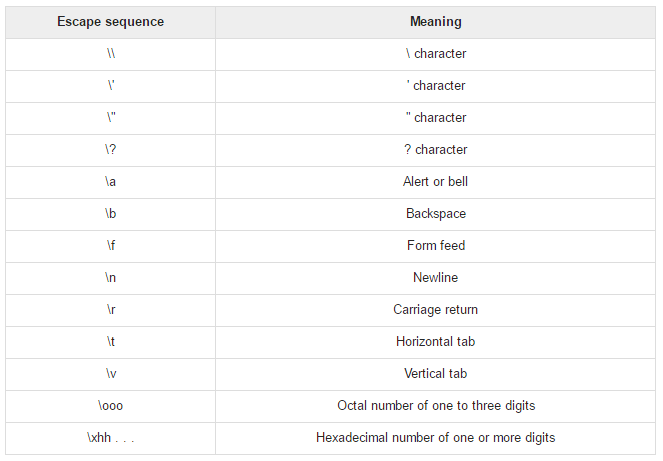Semicolons and Blocks in C++
- -A

- Jan 25, 2020
- 1 min read
In C++, the semicolon is a statement terminator. That is, each individual statement must be ended with a semicolon. It indicates the end of one logical entity.
For example, following are three different statements −
x = y;
y = y + 1;
add(x, y);
A block is a set of logically connected statements that are surrounded by opening and closing braces. For example −
{
cout << "Hello World"; // prints Hello World
return 0;
}
C++ does not recognize the end of the line as a terminator. For this reason, it does not matter where you put a statement in a line. For example −
x = y;
y = y + 1;
add(x, y);
is the same as
x = y; y = y + 1; add(x, y);





Comments